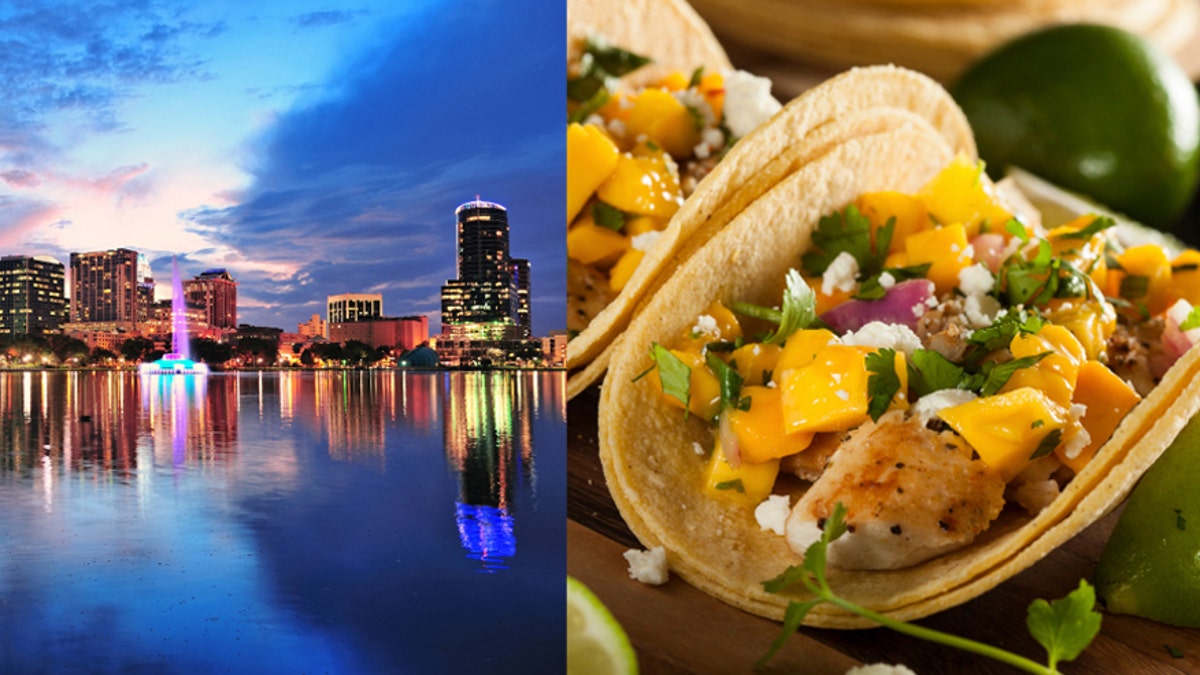
Theme park mecca Orlando is apparently also a haven for great food. (iStock)
People in the U.S. spend about 10 percent of disposable income on food. And despite tough economic times, Americans are still dining out. About one third of every dollar spent on food is used at restaurants, according to WalletHub.
But not every foodie across the country has it easy.
WalletHub set out to find which cities keep your stomach full without breaking the bank—and those that may require a second mortgage to get some good grub.
Researchers analyzed 18 metrics including cost of groceries, number of restaurants per capita, grocery stores per capita, and the prevalence of affordable eateries. WalletHub then ranked 150 of the nation’s most populous cities to find out the best and worst places to get your eat on.
The higher the city’s overall score, the better it is for “tasty” and “wallet-friendly options,” while cities lower on the list are deemed poor choices for those looking to find high quality food on a budget. Cities are also ranked on wallet friendliness and availability of options.
The data also revealed some interesting facts about individual cities. Did you know Garden Grove in Southern California has the highest number of ice cream shops per capita? And if you're looking for a great beer or glass of wine, head to straight to the Pacific Northwest which has the most wineries and craft breweries in the country.
Check out the top 10 best and worst foodie cities below and see if you agree with the data.
Best cities in America for foodies
1. Orlando, FL
2. Grand Rapids, MI
3. Madison, WI
4. Boise, ID
5. Cincinnati, OH
6. Reno, NV
7. New Orleans, LA
8. Austin, TX
9. Lexington, KY
10. Pittsburgh, PA
Worst cities in America for foodies
1. Henderson, NV
2. Toledo, OH
3. Fayetteville, NC
4. Montgomery, AL
5. Scottsdale, AZ
6. Fort Worth, TX
7. Anchorage, AK
8. New York, NY
9. Port St. Lucie, FL
10. Mobile, AL
